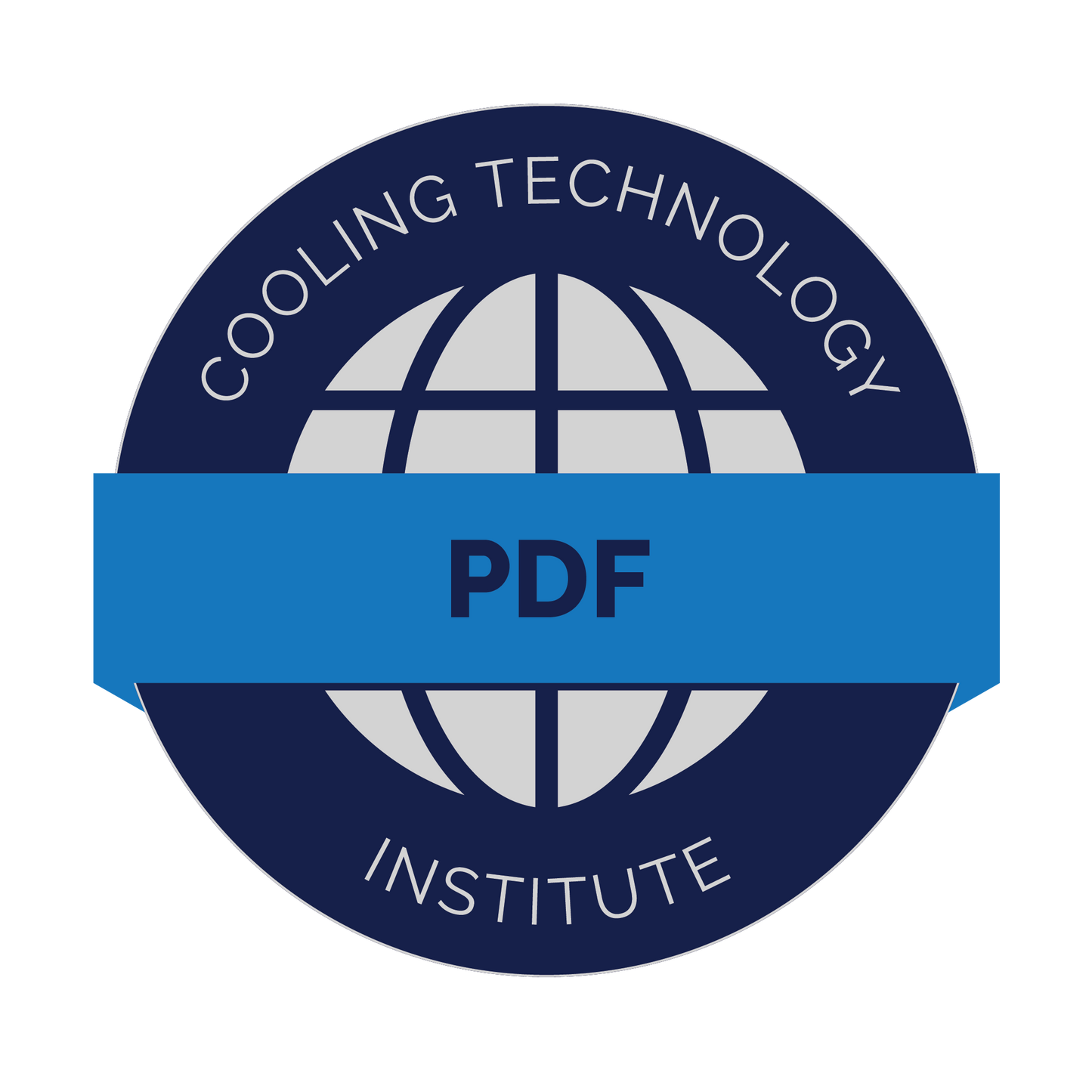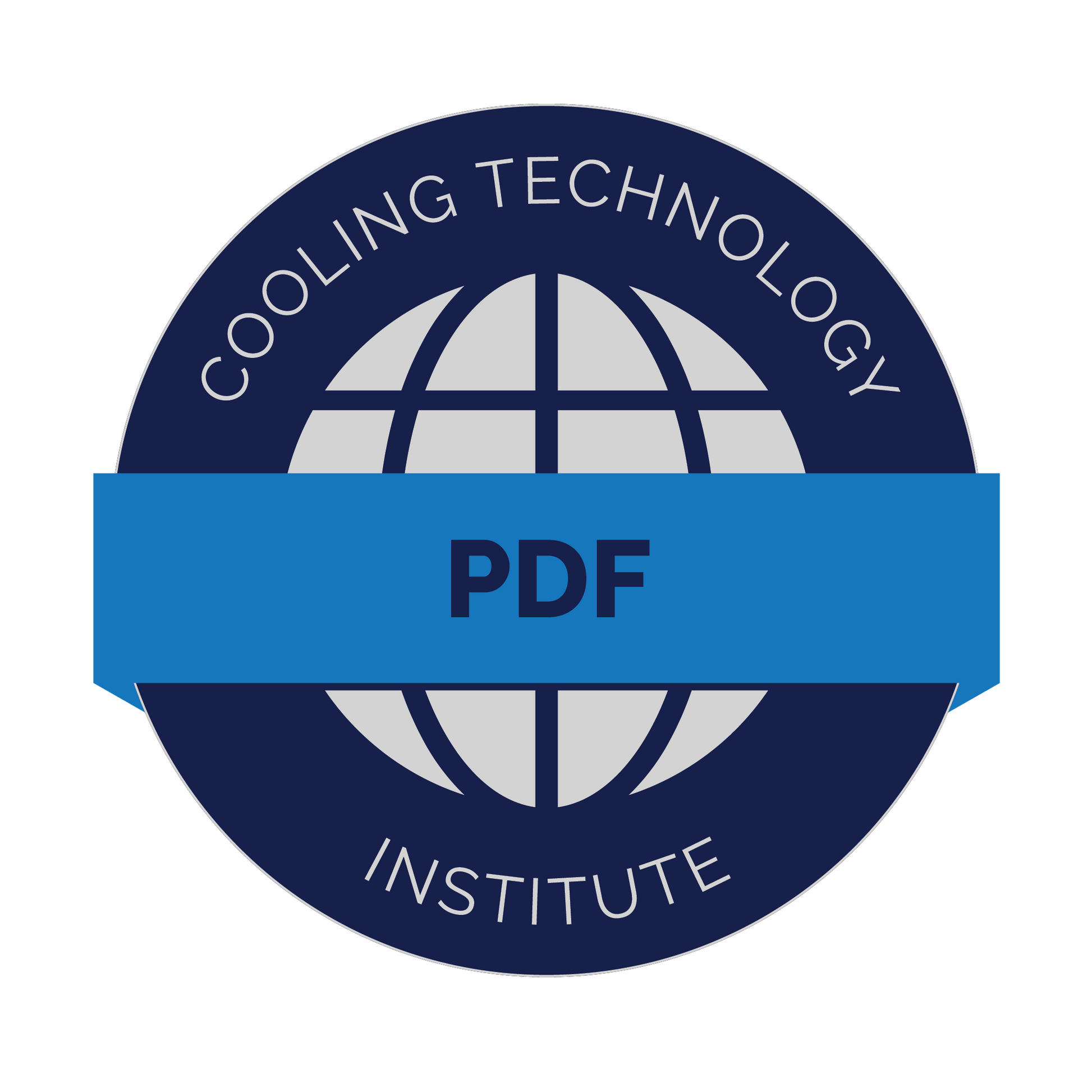CTI Marketplace
TP25-06 Advancements in the Development
Couldn't load pickup availability
The scale and corrosion inhibition programs for industrial cooling water systems have relied on inorganic phosphate, organophosphate, zinc, and azole-based chemistries for decades. Traditionally, organophosphate-based chemistries are dosed as scale inhibitors along with phosphate-based corrosion control programs. The phosphate-based cooling water treatment programs replaced chromate and zinc-based corrosion inhibitors for mild steel and stainless steel metallurgies, due to environmental toxicity concerns in blowdown discharge. Phosphorus-containing chemistries are macronutrients promoting toxic blue-green algae growth in cooling towers and ponds, increasing chlorine and biocide usage. Environmental regulations increasingly limit phosphorus discharge due to its role as an aquatic nutrient in eutrophication. EPA has published that nutrient pollution from phosphorus and nitrogen is one of the most expensive environmental problems in the US.
This paper describes the development and application of an innovative, environmentally beneficial*, no-phosphorus-containing tagged scale dispersant polymer and corrosion inhibitors that will prevent calcium carbonate scale formation and provide superior corrosion protection, as well as eliminate fouling potential due to much lower phosphate scale formation. This innovative product series contains low phosphorus and no zinc (EPA priority/toxic pollutant) and has less than the industry standard of greenhouse gas emission for common products in this industry. This would help industrial companies with their environmental sustainability goals and Environmental, Social, and Corporate Governance (ESG) initiatives. A thorough evaluation of this innovative program has demonstrated that this polymer delivers superior scale inhibition performance under varying stress conditions, having the ability to measure active polymer residuals through automation. The advanced test methods have developed foundational data that show this cooling system treatment program’s ability to prevent scale and corrosion across wide pH/alkalinity ranges in the presence of high chloride and high sulfate.
Materials
Materials
Shipping & Returns
Shipping & Returns
Dimensions
Dimensions
Care Instructions
Care Instructions

Image with text
Pair text with an image to focus on your chosen product, collection, or blog post. Add details on availability, style, or even provide a review.
-
Free Shipping
Pair text with an image to focus on your chosen product, collection, or blog post. Add details on availability, style, or even provide a review.
-
Hassle-Free Exchanges
Pair text with an image to focus on your chosen product, collection, or blog post. Add details on availability, style, or even provide a review.

